Tufted Duck
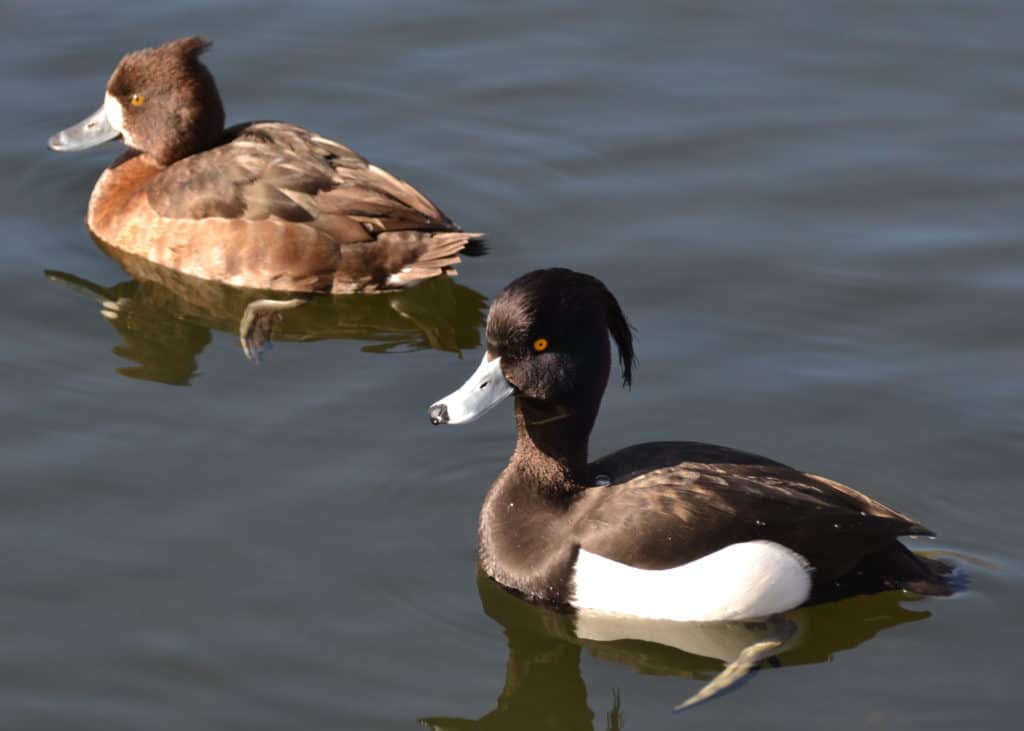
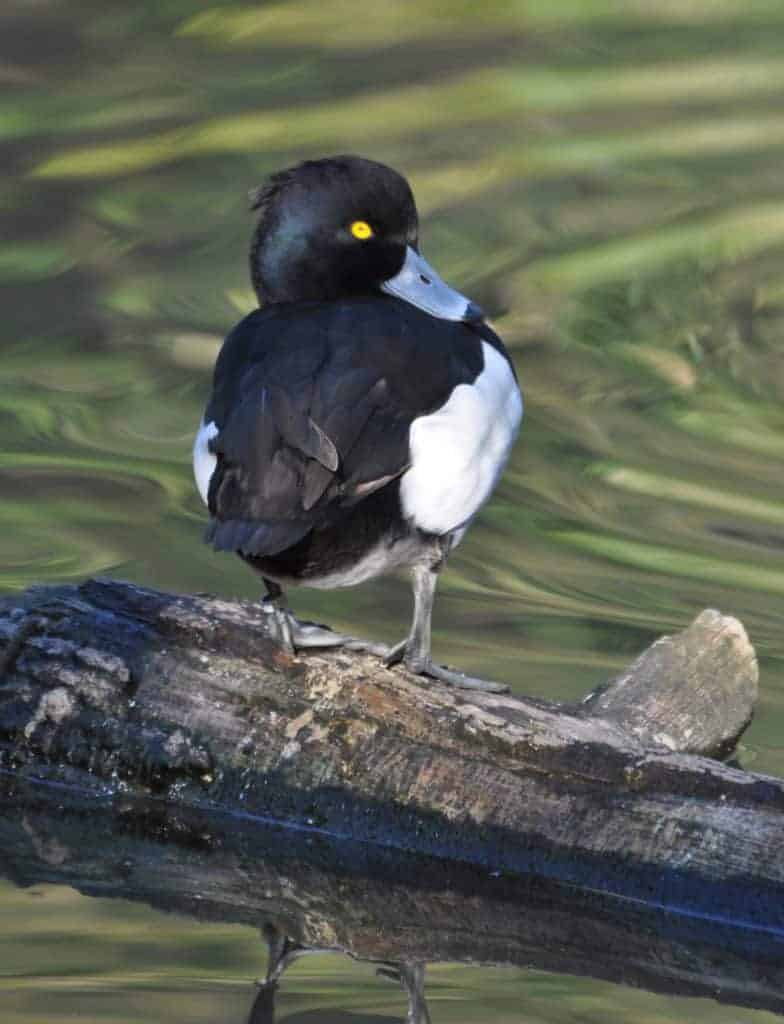
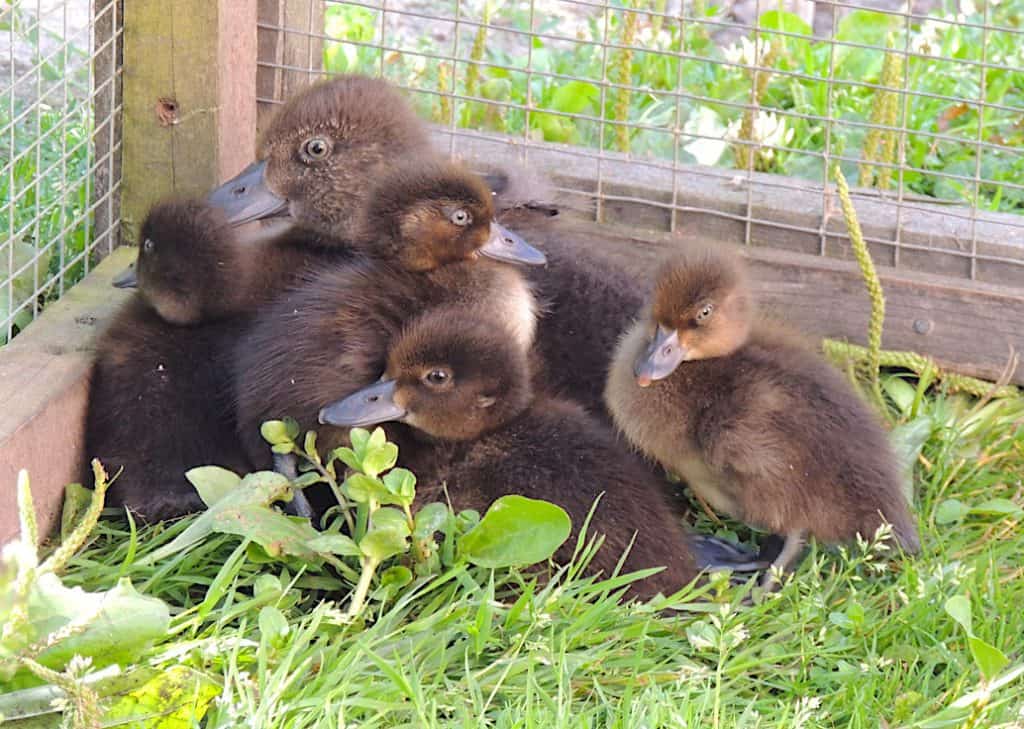
Aythya fuligula
Tufted Duck are popular in wildfowl collections but should only be kept where ponds are suitable for diving. Tufted Duck are the only scaup with a long crest at the back of their neck; very pronounced on drakes, less so on females. The drake is particularly attractive with green and purple hues of the head contrasting with a bright yellow eye.
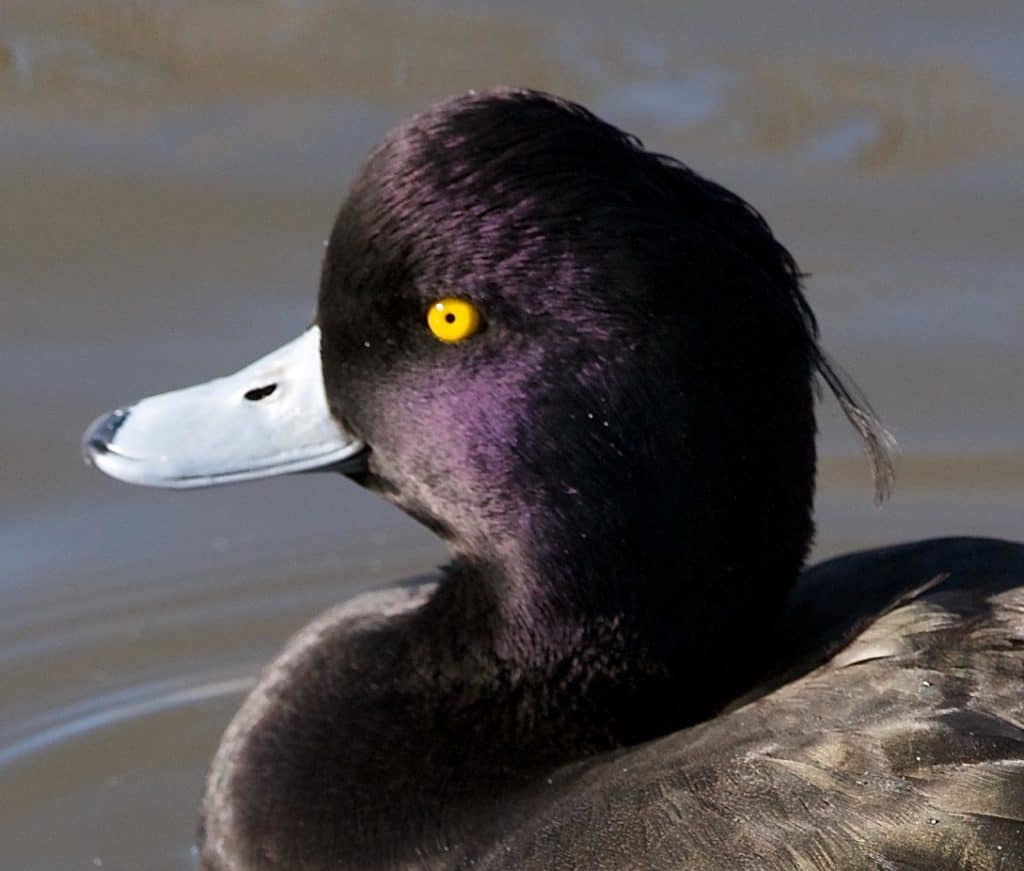
Tufted Duck will become confiding in a collection. The drake has a soft repeated whistle whilst the female has a slightly harsher call.
Their wild habitat is fresh, slow-moving water with good surrounding cover, preferably reedbed. They often frequent ponds, lakes and reservoirs in flocks. They like to nest near or actually over the water, usually in reeds.
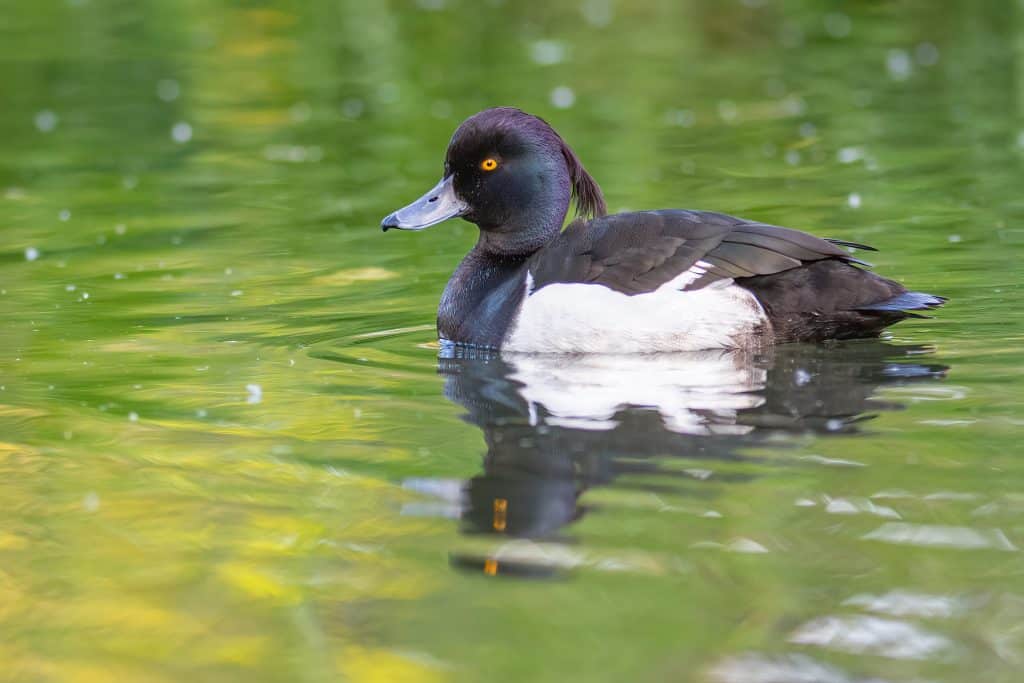
This species readily hybridises with other members of the Aythya genus and also the Bucephala (Goldeneyes) and some dabbling ducks.
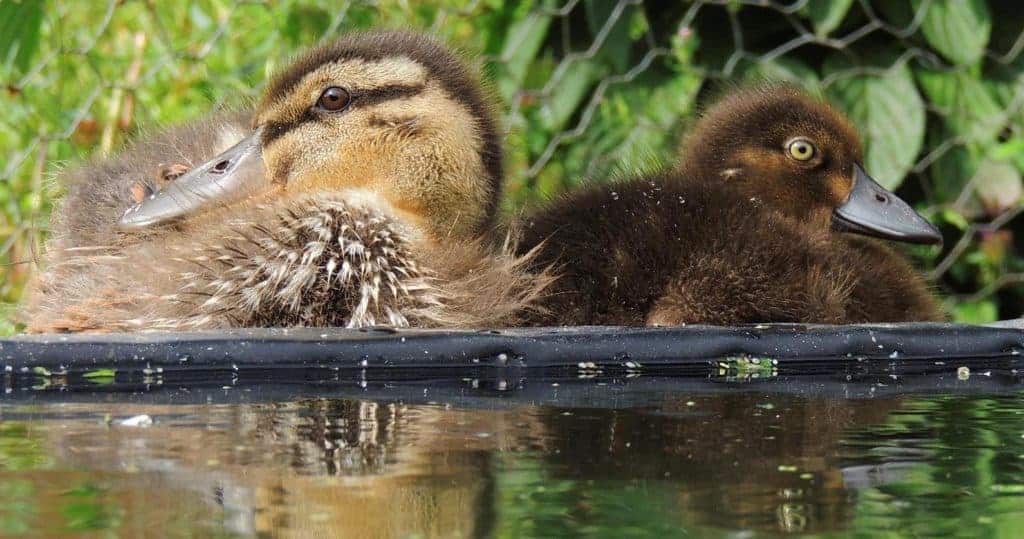
Tufted Ducks will sometimes use baskets or nest boxes; they nest late and with varied success. They lay a clutch of 8–10 eggs which hatch at 23–28 days. Parent rearing can be very successful. The young are very independent at an early stage. Wild birds take a lot of insects as ducklings, so they will do best if small high-protein pellets are added to their starter ration.
FURTHER READING
Harteman Wildfowl Aviaries, Tufted Duck Aythya fuligula
https://harteman.nl/pages/aythyafuligula
Share this page